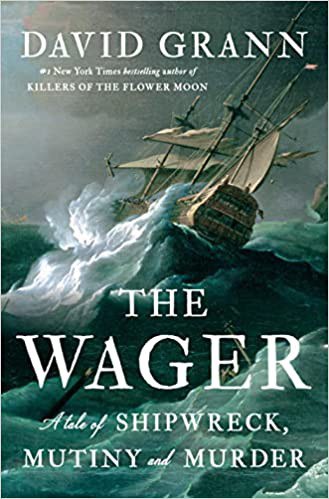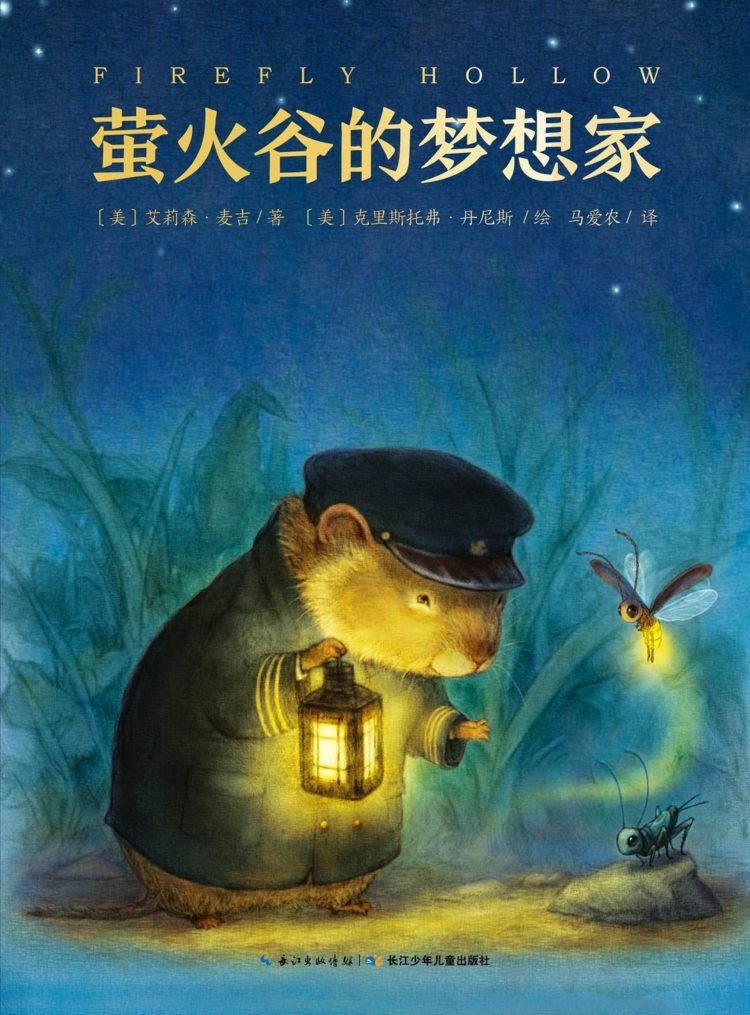
《The Wager》Out on the sea
书名:The Wager
1
0

青春斗 2023-11-12 23:49:13
The First Opium War, which took place between 1839 and 1842, is often seen as a humiliating defeat for the Qing Dynasty. According to Jared Diamond in his book "Upheaval: Turning Points for Nations in Crisis," the war was largely driven by economic factors. European consumers had a high demand for Chinese tea and silk, but the West had little to offer in return. As a result, European traders had to make up for the trade deficit by shipping silver to China. To mitigate the loss of silver, British traders resorted to the idea of shipping cheap opium from India to China, which undercut existing Chinese sources. Diamond stresses that this historical fact is important in understanding modern Chinese attitudes toward the West.
The British ultimately emerged victorious in the war due to their superior navy and army. However, if we rewind the clock by 100 years to 1741, we learn of another maritime endeavor led by Commodore George Anson. Ansons squadron of eight ships set out to disrupt or capture the Pacific Ocean possessions of the Spanish Empire. Out of the 1,800+ men who embarked on this mission, only about 10% survived the treacherous journey, making it a horrific loss.
One of the ships, named "Wager," was wrecked near an island. Miraculously, three groups of survivors, totaling 16 individuals out of the original 250, managed to find their way back to Britain. These survivors carried with them conflicting and agonizing stories that they felt compelled to tell, as their lives depended on it. "Wager" is the name of the ship, the island became their refuge, and this book tells their tale, both of those who survived and those who did not.
The sea, as we discover from these accounts, was a perilous place. Approximately ten years after the First Opium War, US Commodore Matthew Perry sailed uninvited to Edo Bay (now Tokyo Bay), demanding protection and assistance for shipwrecked sailors, among other requests. This encounter led to the Meiji reforms in Japan and set the country on a rapid path of Westernization, contrasting greatly with the trajectory of China.
However, the dangers of the sea were not the only threats these castaways faced. They were also confronted with challenges brought on by their desperate situation. The existing social hierarchy among the survivors was seriously challenged, resulting in hunger, anger, madness, hallucinations, internal conflicts, and, at rare moments, demonstrations of honor and humanity. The Wager story belongs to the category of "unintentional communities," as described by Nicholas A. Christakis in "Blueprint: The Evolutionary Origins of a Good Society." This book provides readers with a front-row ticket to a firsthand experience of this extraordinary tale, which is masterfully written and impossible to put down.
Conquering the sea not only brought about wars and trade but also led to scientific discoveries. Charles Darwin, for example, boarded the HMS Beagle in 1831 and formulated his revolutionary theory of evolution during the voyage. Fast forward to 1970 when American psychologist Gordon Gallup Jr. came up with the idea of testing the consciousness of animals using a mirror. Gallup theorized that a conscious being would not mistake its reflection in the mirror for someone else. However, the story of Wager contradicts this theory. When the British presented the mirror as a gift to the natives of the island, they were strangely affected by its novelty. They could not conceive that the face in the mirror represented their own; instead, they believed it belonged to someone else behind the glass and went to the back of the mirror to find out. This challenges the validity of the mirror test theory, as it fails to take into account the cultural and environmental factors involved. There is much that science can learn from history, and perhaps it should seek to do so more genuinely.
It is worth noting that the account of the mirror incident was documented by John Byron, who happened to be Lord Byrons grandfather. This is of particular interest to poetry lovers.
Furthermore, computer nerds will also find this information intriguing, as Byrons daughter Ada is none other than the worlds first programmer. This maritime adventure opened up a sea of digits, paving the way for the technological advancements we see today, although it would take another 100 years before figures like Alan Turing emerged during World War II.
相关推荐
萤火谷的梦想家
艾莉森•麦吉出生于1960年,是美国《纽约时报》畅销书作家,同时也是大都会州立大学创意写作课的教授。她的作品被翻译成20多种语言并出版,也曾被提名普利策奖,并获得苏斯博士奖金奖、克里斯托弗图书奖、美国 [美]艾莉森•麦吉/[美]克里斯托弗•丹尼斯/绘 2023-03-27 16:50:25鬼马女神捕1·绝密卧底(上)
腹黑凤凰vs毒舌鸡妖——蓝翎:“小姬,跟我去人界吧!”姬十四:“干吗?让人宰了我做小鸡炖蘑菇吗?”蓝翎:“不啊,让妖怪宰了你做小鸡炖蘑菇更气派。”凤凰蓝翎和鸡妖姬十四生活在无忧无虑的灵界。他们的故乡叫 郝天晓 2023-04-17 00:22:47© 2023-2025 百科书库. All Rights Reserved.












发表评价